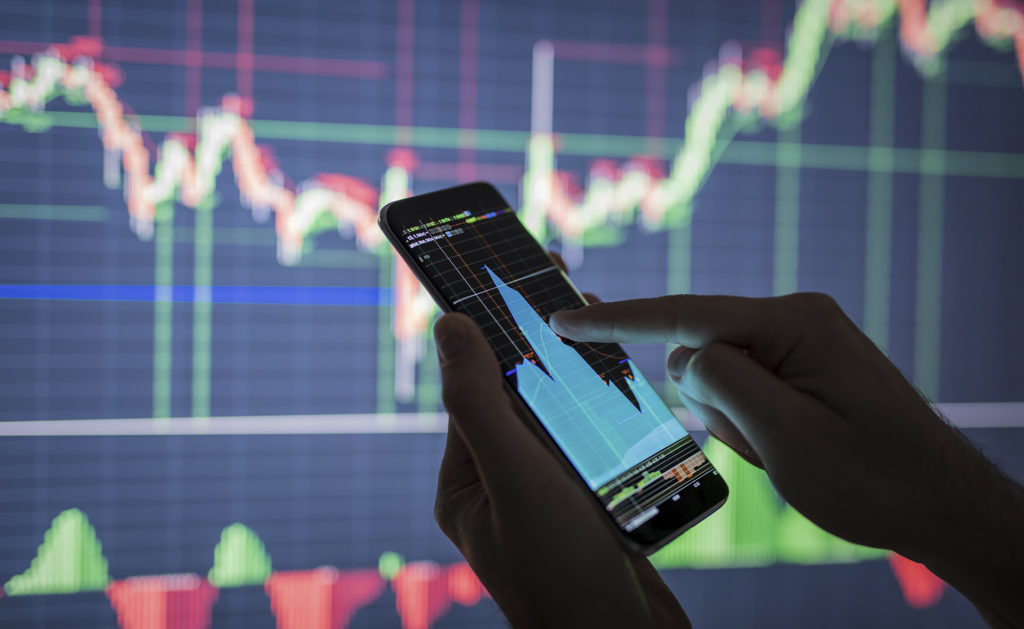Trading agricultural commodities requires a nuanced understanding of various factors, from weather patterns and crop yields to global demand and supply dynamics. Successful trading strategies in agricultural markets often blend fundamental analysis with technical indicators and risk management techniques. One approach is trend following, where traders capitalize on sustained price movements driven by factors like weather events, geopolitical tensions, or shifts in consumer preferences. By identifying and riding trends, traders aim to capture profits as prices move in their favor. However, trend following also requires disciplined risk management to mitigate losses when trends reverse. Another strategy involves seasonal patterns, recognizing that agricultural markets often exhibit predictable cycles influenced by planting, growing, and harvesting seasons. For example, grain prices tend to rally during planting and growing seasons as uncertainty about crop yields emerges, while prices may decline during harvest periods as supplies increase. Understanding these seasonal patterns allows traders to anticipate price movements and position themselves accordingly.

Additionally, traders may employ spread trading, taking advantage of price differentials between related commodities or futures contracts. For instance, a trader might buy one contract and simultaneously sell another to profit from the price spread narrowing or widening over time. Fundamental analysis plays a crucial role in agricultural trading, involving the examination of supply and demand fundamentals, government policies, and macroeconomic trends. Crop reports, weather forecasts, and geopolitical developments can significantly impact agricultural markets, influencing supply expectations and demand projections. Traders who adeptly interpret such information can gain a competitive edge in predicting price movements and adjusting their trading strategies accordingly. However, it is essential to cross-validate fundamental analysis with technical indicators to confirm trading signals and minimize false positives. Risk management is paramount in agricultural trading due to the inherent volatility of commodity markets. Traders employ various techniques such as stop-loss orders, position sizing, and portfolio diversification to protect capital and manage risk exposure. Stop-loss orders help limit losses by automatically triggering a trade to exit a position if prices move against the trader beyond a predetermined threshold. Position sizing ensures that no single trade excessively exposes the trader’s capital to risk, while portfolio diversification spreads risk across different commodities or asset classes. Additionally, hedging strategies using options or futures contracts can protect against adverse price movements, providing insurance against potential losses.
Technological advancements have transformed agricultural trading, enabling faster execution, enhanced data analysis, and algorithmic xtrade review trading strategies. High-frequency trading HFT algorithms leverage powerful computers and low-latency connections to execute trades within microseconds, capitalizing on fleeting price discrepancies in the market. Machine learning algorithms analyze vast amounts of data to identify patterns and generate trading signals, supplementing human decision-making with quantitative insights. However, while technology offers significant opportunities for efficiency and profitability, it also introduces new risks such as algorithmic errors and market manipulation. In conclusion, trading agricultural commodities demands a multifaceted approach that combines fundamental analysis, technical indicators, and risk management strategies. Successful traders navigate volatile markets by adapting to changing supply and demand dynamics, leveraging seasonal patterns, and employing both trend-following and spread trading strategies. While technological advancements offer new opportunities for automation and data analysis, human judgment remains indispensable in interpreting market signals and managing risk effectively.